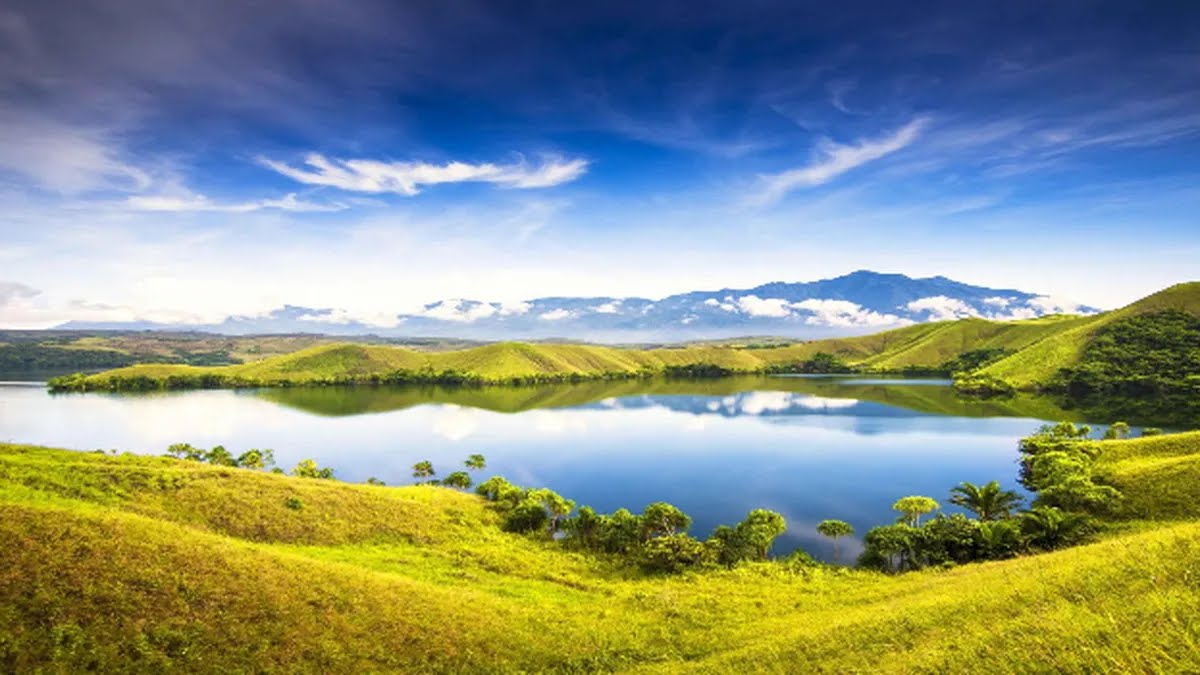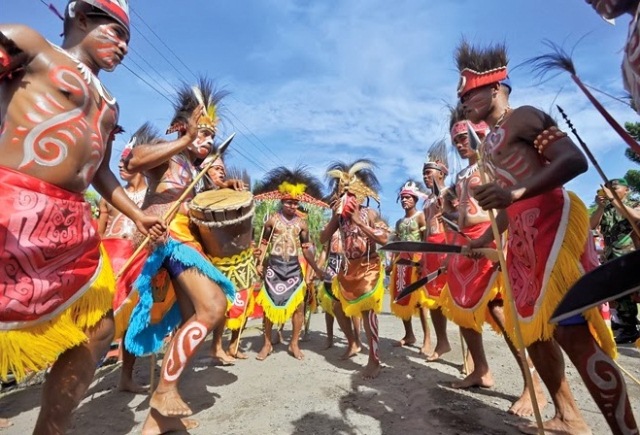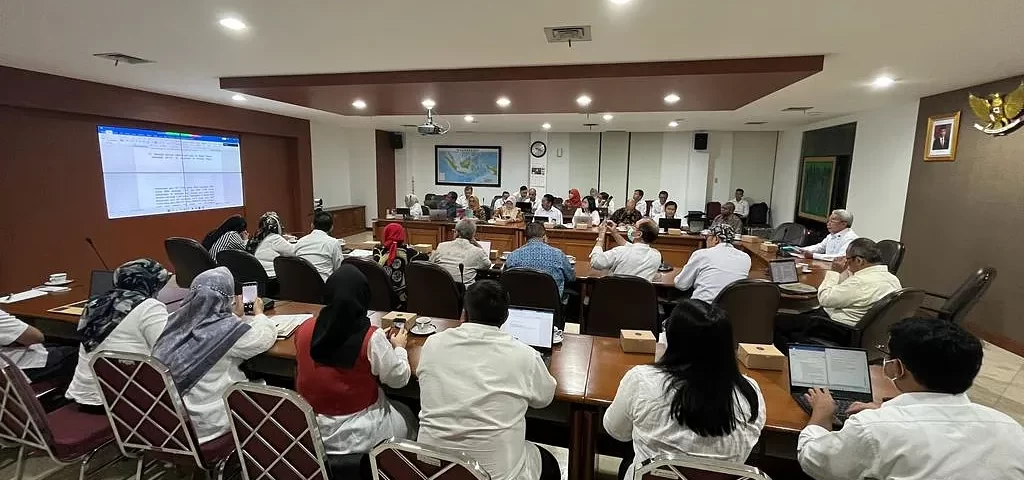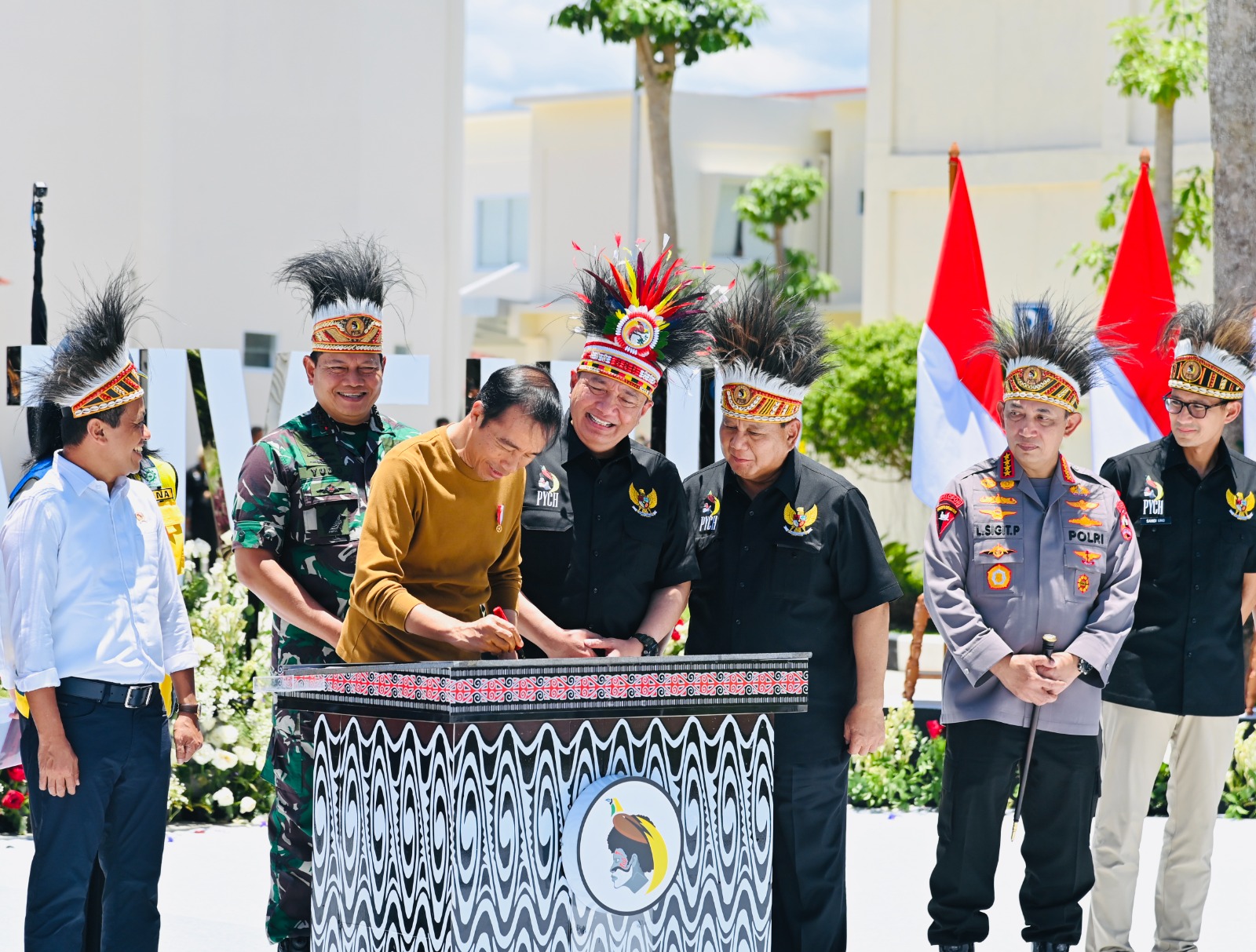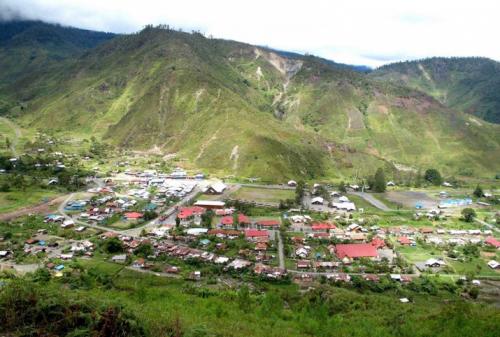
When Papua was discovered by adventurers in the past, the indigenous people who inhabited it were considered to have had a high civilization. In Baliem, the great lembang, residents actually also know the superior agricultural system.
It said settlements were carefully made and had different functions. There are special houses for men, there are also special houses for women and children. In fact, there is a lighthouse (kitchen) and a cage placed separately.
Kremer’s expedition report in 1920 noted that when the expedition team arrived at Swart Vellei, then known as Karubaga, Tolikara Regency, local residents had built a suspension bridge.
“The team not only admired the technique of making bridges, but was also amazed by the arrangement of fields, as well as the arrangement of the villagers,” wrote JON, HES, and JOS in Lembah Baliem: Saat Adventurer See Papua published by Kompas.
When they met the Dani people who inhabited the valley, the admiration was even higher. Because, it turns out that Dani people also have a friendly attitude. The report said they learned a lot from the Dani Tribe.
Inherited values
“It is done so that parents can pay attention to the growth of children born well. After the child is considered capable of independence, parents are also just starting to plan to have children again, “he explained.
Mentioned by Frans, Dani society has strict rules on the relationship between young men and women. They also recognize the division of roles in the community related to war and agricultural land management.
“War is discussed in honai (traditional houses) for war led by warlords. Talks about harvest and traditional feasts are discussed in other honai led by elders who are chosen as welfare managers,” said Yulianus Hisage, Chairman of the Hubula Tribal Traditional Council, Baliem Valley.
But Yulianus explained, times have changed and Papua is increasingly open. The new world and civilization and its influences, good and bad enter and are difficult to contain. But the way Papuans view the world has differences.
Surviving modernization
The people of Baliem Valley used to be pedestrians. They often move places in search of a better livelihood. After knowing farming, they lived on the slopes of mountains, in the middle of forests and riverbanks as an indigenous community.
“In those early days, there was also a chain of trade across the mountain carried out between tribes,” he explained.
They walked to the meeting points of the journey and exchanged or hunted with other tribes. But this tradition began to be sidelined because the erosion of modern economic networks eroded it.
Yohanes Lokobal, the chief of the Asolokobal tribe, said the change meant that many people living in the interior eventually flowed into the city to make money. Some work properly like employees, some are odd.
“In the past, we always taught how to archery, hunting, and building honai. But in recent years everything has begun to be abandoned. A lot of people are busy making money in the city,” he said.
Wamena Huminane (Women’s Voice) Foundation activist Patricio Wetipo said that the symbol of modernity also changed social relations in the community in the Baliem Valley.
Therefore, according to him, development and change in Papua must be balanced with an increase in human resources, especially indigenous Papuans. This is important because development in Papua is not just infrastructure.
Author: JS
Travel Vlogger, Journalist,





